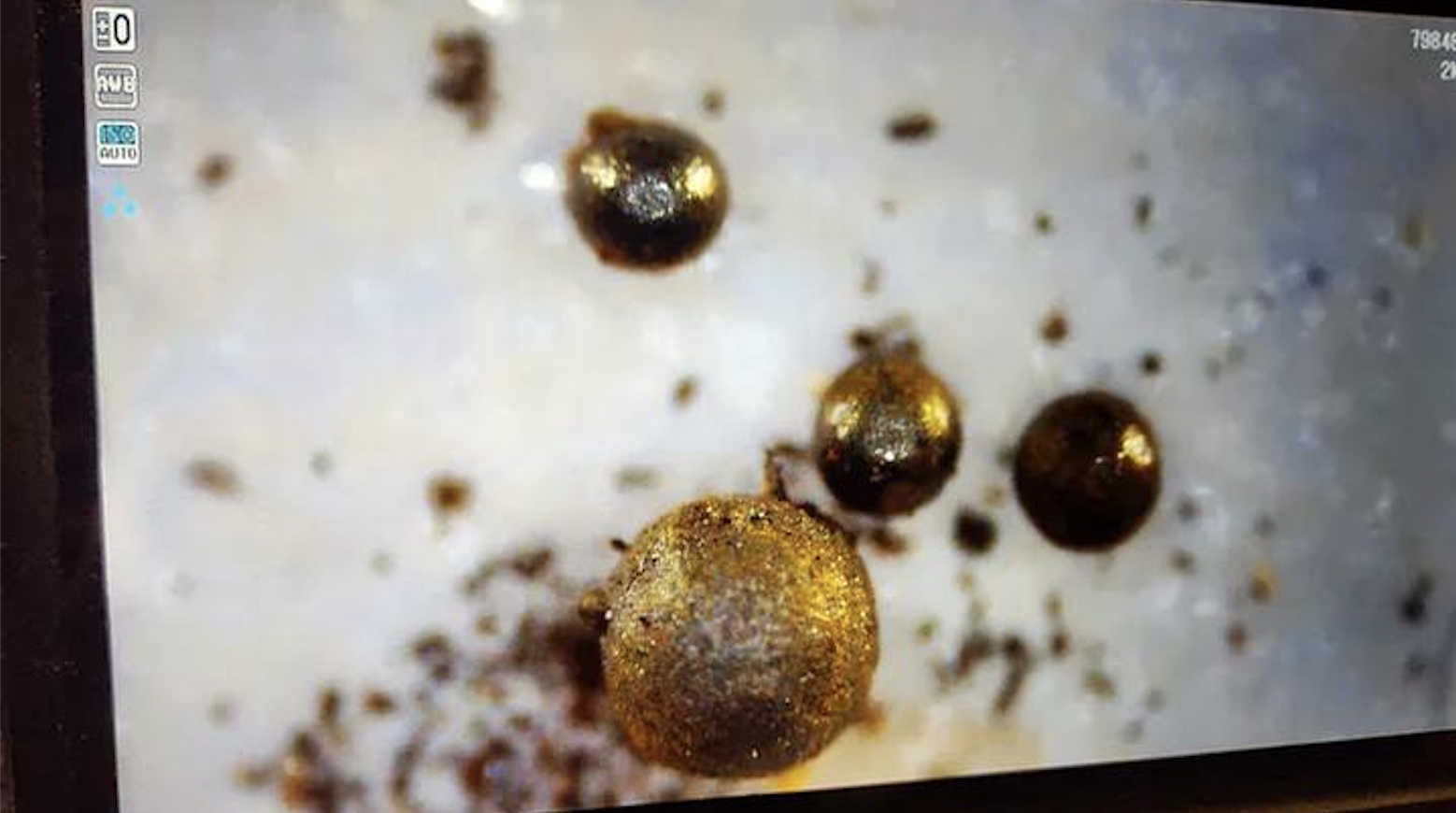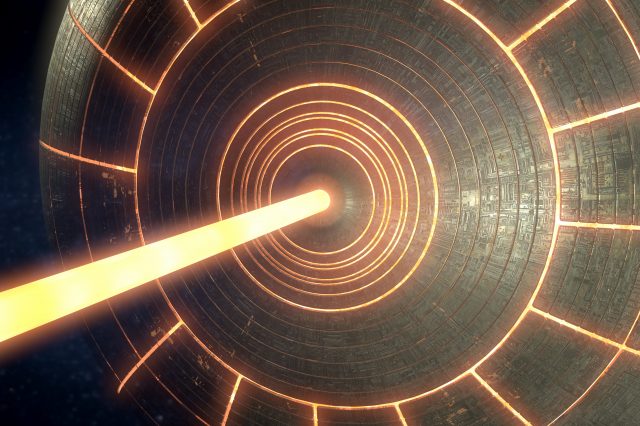Renowned Harvard astronomer Professor Avi Loeb, who has gathered a team to hunt for possible interstellar alien technology may have discovered something at the bottom of the Pacific Ocean.
One of the most exciting hunts for possible extraterrestrial technologies is being carried out by a team of scientists led by renowned Harvard astronomer Professor Avi Loeb. On his Medium page, Professor Loeb keeps track of the discoveries he and his team are making by posting updates called the “diary of an interstellar voyage,” you can check it out here.
What has Avi Loeb found at the bottom of the Pacific?
His most recent reports are exciting. Not only did he and his team find something very interesting, but the discovery is also highly unusual and may even hint at an artificial technosignature. In other words, as per Professor Loeb, they recovered a series of miniature spherules from the bottom of the ocean (using a massive magnet), and based on preliminary studies, the makeup of the spherules is very odd. Professor Loeb and his team are referring to the discovered spherules as anomalous because of their composition.
Looking for possible alien tech
But in order to find out whether these miniature artifacts are indeed part of an alien technosignatures, Professor Loeb plans to use the world’s best gamma-ray spectrometer, which, as he puts it in his latest essay, “offers a sensitivity that is a hundred times better than the one we are currently using on the ship.”
More than 15 spherules have been discovered so far from the bottom of the Pacific Ocean, from a depth of about two kilometers. These anomalous objects have remained there for nearly a decade untouched after a large object crashed into the ocean, producing the molten relics.
An interstellar object evidence of alien tech?
Professor Loeb and his team hope to answer whether the object that smashed into the pacific ocean off the coast of Papua New Guinea is of artificial or natural origin. What we know so far is that it crashed into Earth at an anomalously high speed. It has an unusual material strength and anomalous elemental composition, and Professor Loev says that the objects they have recovered possibly resemble electronic circuitry.
Considering the astrophysicist’s perspective on the interstellar object known as Oumuamua and their approach to the subsequent expedition in pursuit of IM1, an essential inquiry naturally arises: Could the initial interstellar meteorite acknowledged in 2014 potentially be an artifact crafted by an advanced extraterrestrial civilization? The only thing that remains is to await the results of the upcoming studies eagerly.
Have something to add? Visit Curiosmos on Facebook. Join the discussion in our mobile Telegram group.





